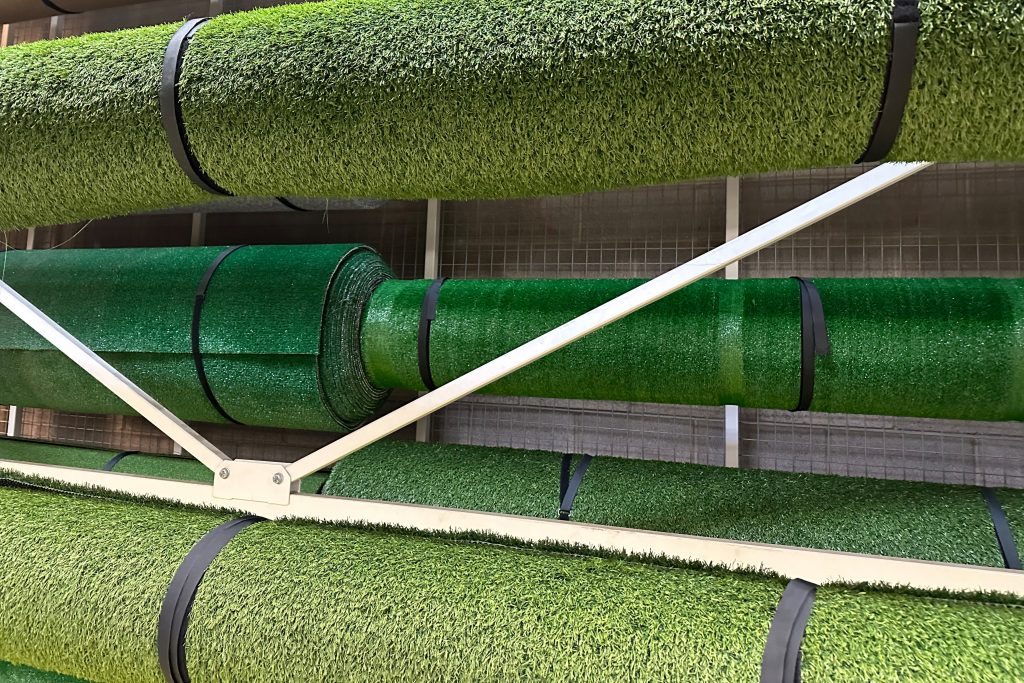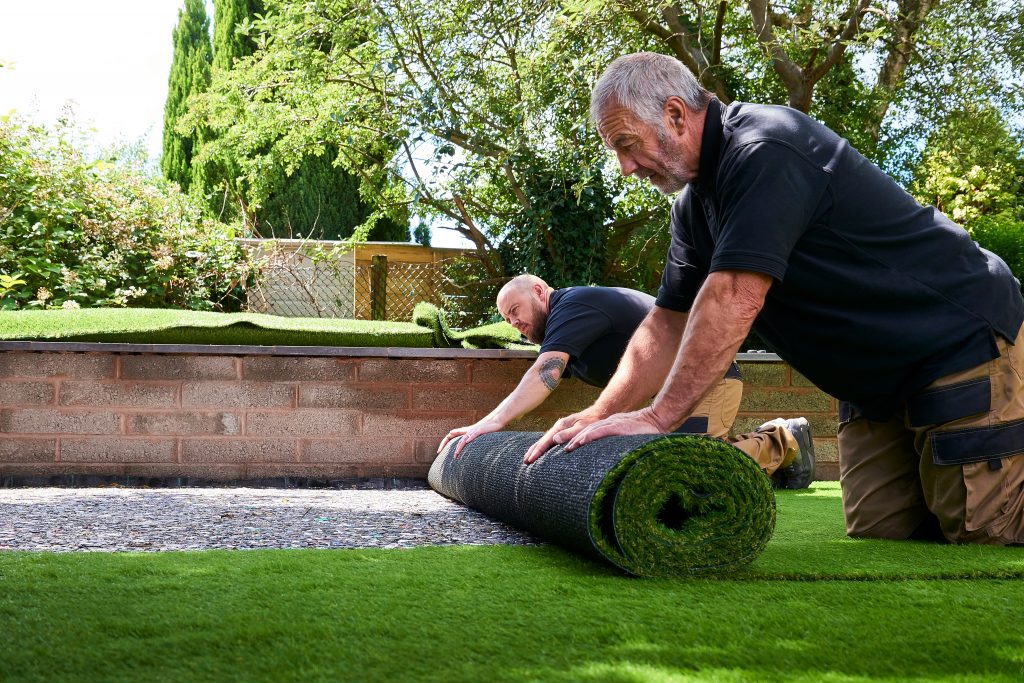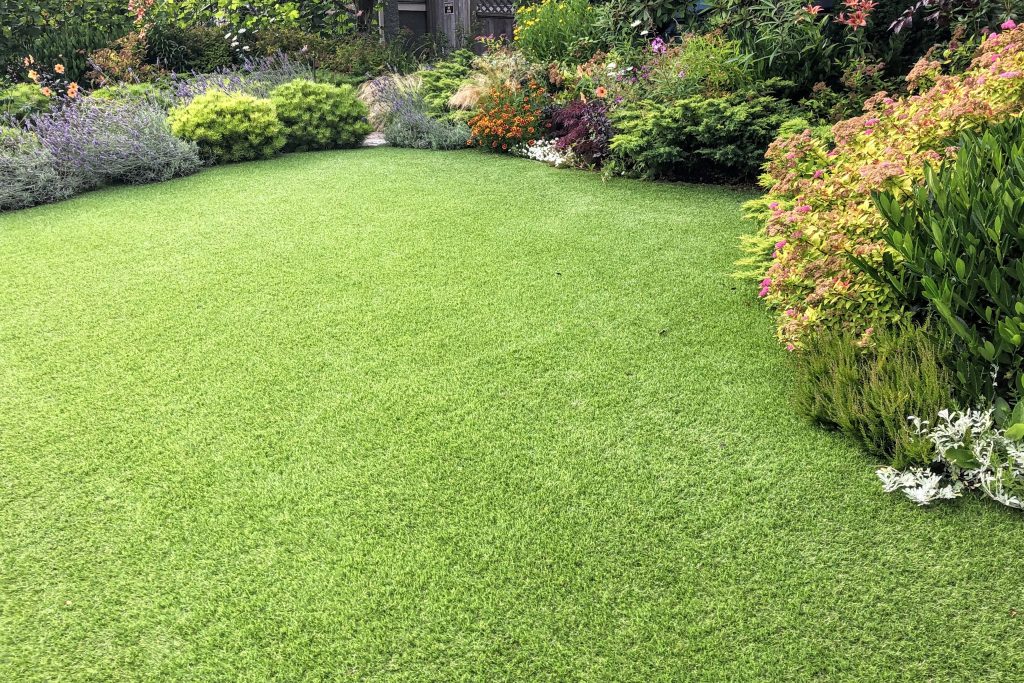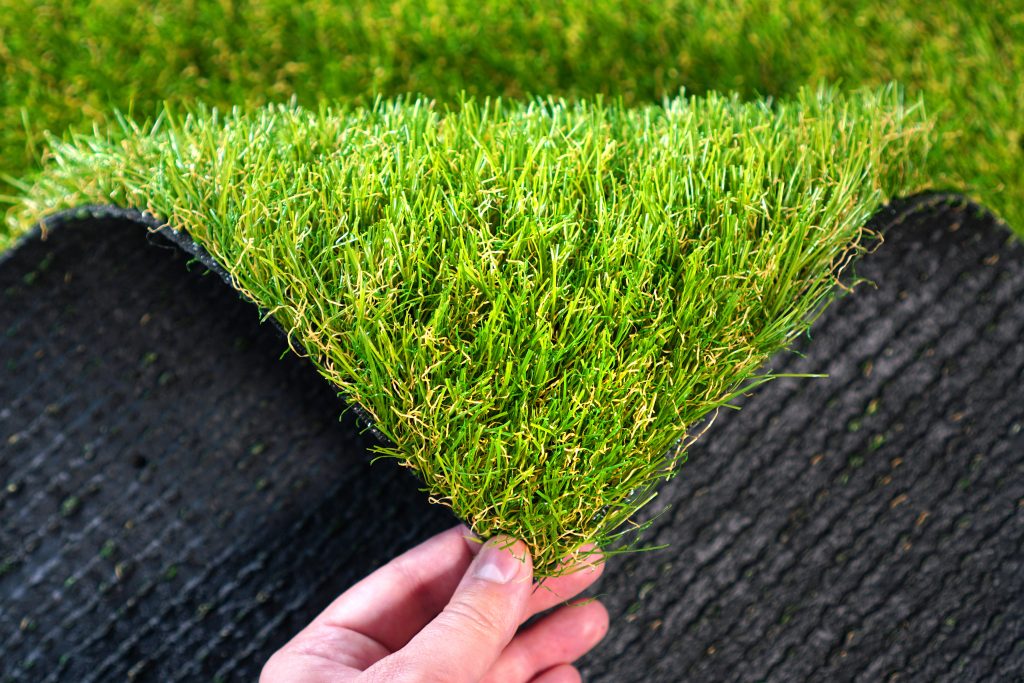Tempted to Try Artificial Grass? Here’s What You Need to Know
In 1965, baseball lovers gathered in Houston to marvel at Texas’ latest architectural wonder: the Astrodome. In addition to the novelty of playing baseball indoors — and escaping the sweltering heat of those humid Houston summers — the Astrodome featured the first field made entirely of artificial grass. Colloquially known as “AstroTurf” thereafter, artificial grass swept through the sports world.
Today, more than just sports teams are turning to artificial grass. Texas’ long, hot summers can take a toll on our lawns. More and more homeowners are turning to artificial grass lawns as a solution. What they are installing isn’t the drab green carpet-like product we remember from those early Astros games. In fact, new kinds of artificial grass look so natural it may fool your neighbors. So, you can kiss those lawn mowers goodbye!
Here’s everything you need to know about making the switch to artificial grass lawns.

Types of Artificial Grass
Artificial grass is no longer a once-size-fits-all solution to your lawn woes. It now comes in variety of options, each tailored for different needs and budgets. The most common types include nylon, polyethylene, and polypropylene, each offering distinct textures and durability levels. Innovations in this field include UV-resistant fibers that prevent the grass from fading in the sun and cooling technologies that help reduce the surface temperature. Some newer varietals also feature eco-friendly, recyclable materials that address environmental concerns. Decide which turf you want for your lawn based on your needs, aesthetics, and budget.

Cost Implications
The initial installation cost of artificial grass is generally higher than that of natural grass. However, the long-term savings on water, fertilizers, pesticides, and maintenance can make it a cost-effective solution in the long run. To maximize these benefits, choosing high-quality turf that can handle wear and tear without requiring frequent replacements is essential.

Water Conservation
Water conservation is a significant advantage of artificial turf, especially in Texas, where summer droughts can lead to stringent water restrictions. Artificial grass lawns don’t need watering, barring occasional rinsing to keep them clean, which dramatically reduces water usage and helps in drought management efforts.

Environmental and Health Considerations
While artificial grass eliminates the need for fertilizers and pesticides, it’s not without environmental drawbacks. The production and disposal of synthetic turf involve materials that may harm the environment. Additionally, artificial grass can get very hot when exposed to direct sunlight for prolonged periods, which might be a concern for pet owners and families with young children.
If you’re thinking about installing an artificial grass lawn, consider both its immediate benefits and long-term implications. Consulting with a landscaping expert can help tailor the choice of turf to your specific needs and local conditions. This proactive approach will ensure that your lawn not only looks great but also aligns with your values and lifestyle.
Not quite ready to make the switch? Here are some helpful tips to protect your grass from the summer sun.
© 2024 Texas Farm Bureau Insurance



